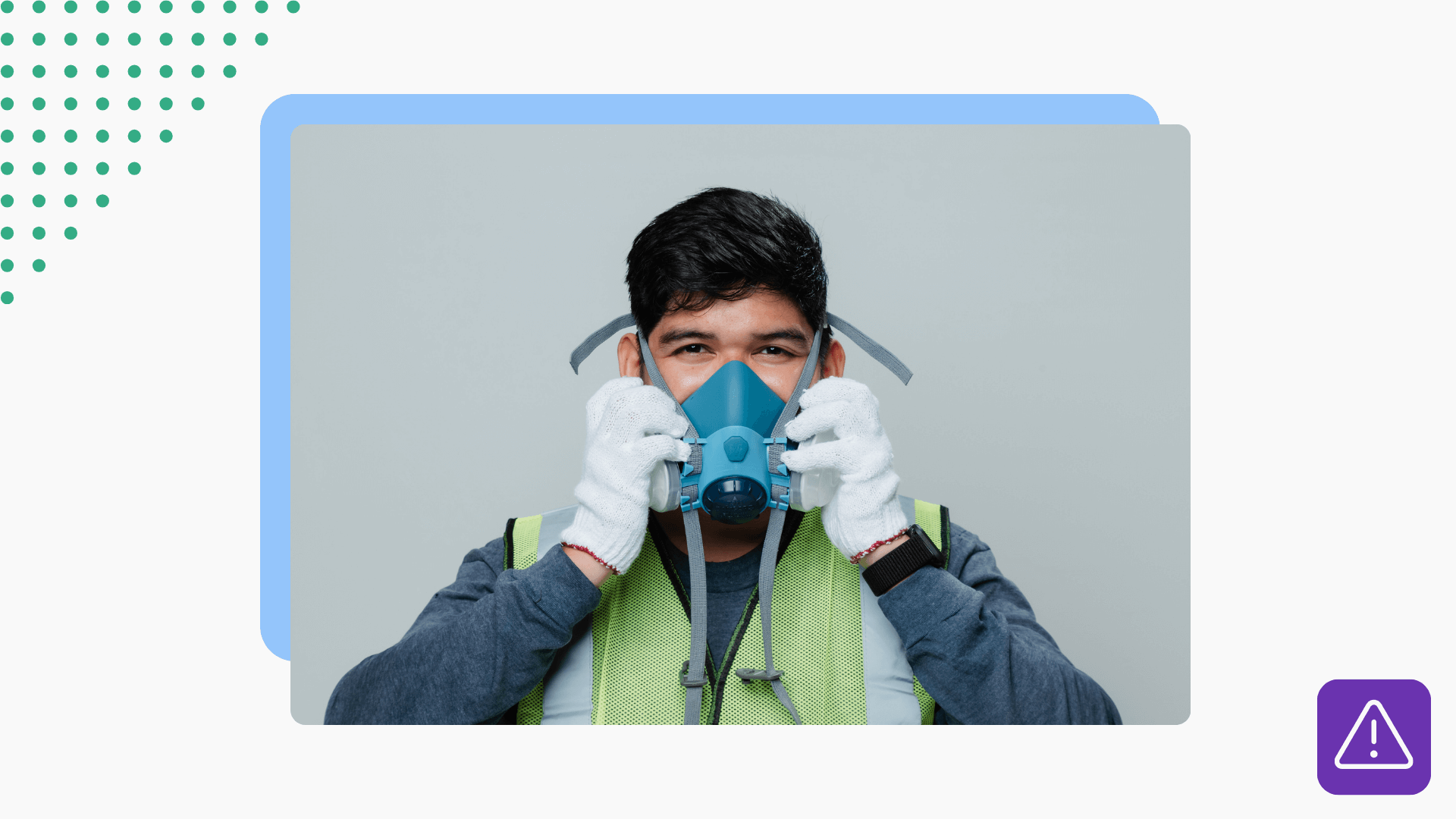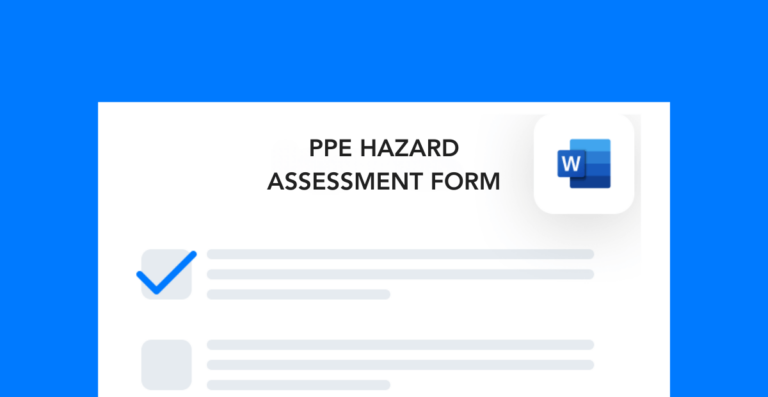In the hierarchy of controls, personal protective equipment (PPE) is the last line of defense. But that doesn’t make it important. On the contrary, employee PPE use is an essential component of any incident prevention program. Use the content in this PPE toolbox talk to make sure your employees are properly inspecting and wearing their equipment every day.
Free form!
Download this free PPE hazard assessment form to determine what equipment should be required for each task.
PPE toolbox talk overview
In this toolbox talk, we’ll cover:
- Different types of PPE
- What to look for during a PPE inspection
- The importance of wearing PPE correctly
Proper use of PPE is a major component of personal safety. It’s very important that you always double check to ensure that your equipment is safe for use.
Different types of PPE
PPE is almost always specific to the task you’re doing. Examples of different PPE you might use include:
- Gloves
- Helmets or hard hats
- Fall harnesses
- Glasses or goggles
- Respirators
- Masks or face shields
- Safety boots and shoes
- Coveralls
- Vests
It’s important to know which PPE is required in each area of the worksite so that you can always protect yourself.
Inspecting workplace PPE
You should inspect equipment before each use to make sure it’s safe. When inspecting your PPE, you want to look for signs of wear, including:
- Cracks
- Tears or rips
- Burns
- Holes
- Excessive wear
If you come across any of these issues, then you should report them to manage and choose a different option. Some defects can be repaired, but many PPE issues unfortunately mean the equipment should be thrown away.
The bottom line is that if you’re unsure whether the equipment’s safe, check with a manager before using it. You should never take chances with your PPE and should have no issues raising concerns with anyone on the leadership team.
Proper PPE use
When worn incorrectly, PPE is at best ineffective and at worst a hazard. Take fall harnesses, for example. If you don’t adjust them correctly to your proportions, they can cause injuries if you fall while wearing them. And if you don’t hook them to the anchor point, then they can’t do their job.
As you put on your PPE, ask yourself: “What is this equipment supposed to do? Is how I’m putting it on going to make it effective?”
Another tip is to eliminate distractions while you’re putting on your PPE. Don’t try to talk to your coworkers, eat, or do anything else at the same time. Instead, focus on inspecting and adjusting your equipment so that it does its job properly.




